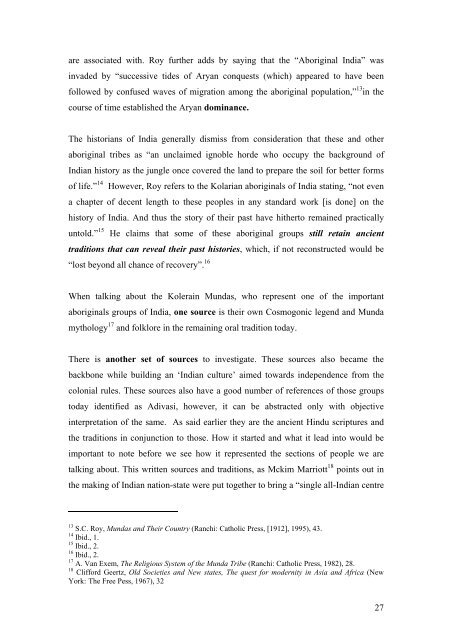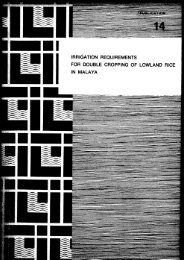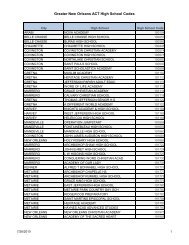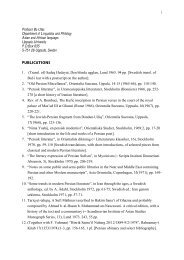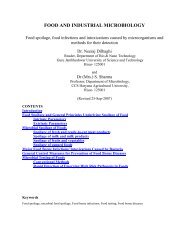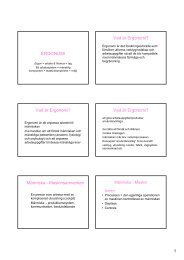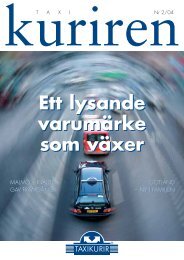On the Future of Indigenous Traditions - Munin
On the Future of Indigenous Traditions - Munin
On the Future of Indigenous Traditions - Munin
You also want an ePaper? Increase the reach of your titles
YUMPU automatically turns print PDFs into web optimized ePapers that Google loves.
are associated with. Roy fur<strong>the</strong>r adds by saying that <strong>the</strong> “Aboriginal India” was<br />
invaded by “successive tides <strong>of</strong> Aryan conquests (which) appeared to have been<br />
followed by confused waves <strong>of</strong> migration among <strong>the</strong> aboriginal population,” 13 in <strong>the</strong><br />
course <strong>of</strong> time established <strong>the</strong> Aryan dominance.<br />
The historians <strong>of</strong> India generally dismiss from consideration that <strong>the</strong>se and o<strong>the</strong>r<br />
aboriginal tribes as “an unclaimed ignoble horde who occupy <strong>the</strong> background <strong>of</strong><br />
Indian history as <strong>the</strong> jungle once covered <strong>the</strong> land to prepare <strong>the</strong> soil for better forms<br />
<strong>of</strong> life.” 14 However, Roy refers to <strong>the</strong> Kolarian aboriginals <strong>of</strong> India stating, “not even<br />
a chapter <strong>of</strong> decent length to <strong>the</strong>se peoples in any standard work [is done] on <strong>the</strong><br />
history <strong>of</strong> India. And thus <strong>the</strong> story <strong>of</strong> <strong>the</strong>ir past have hi<strong>the</strong>rto remained practically<br />
untold.” 15 He claims that some <strong>of</strong> <strong>the</strong>se aboriginal groups still retain ancient<br />
traditions that can reveal <strong>the</strong>ir past histories, which, if not reconstructed would be<br />
“lost beyond all chance <strong>of</strong> recovery”. 16<br />
When talking about <strong>the</strong> Kolerain Mundas, who represent one <strong>of</strong> <strong>the</strong> important<br />
aboriginals groups <strong>of</strong> India, one source is <strong>the</strong>ir own Cosmogonic legend and Munda<br />
mythology 17 and folklore in <strong>the</strong> remaining oral tradition today.<br />
There is ano<strong>the</strong>r set <strong>of</strong> sources to investigate. These sources also became <strong>the</strong><br />
backbone while building an ‘Indian culture’ aimed towards independence from <strong>the</strong><br />
colonial rules. These sources also have a good number <strong>of</strong> references <strong>of</strong> those groups<br />
today identified as Adivasi, however, it can be abstracted only with objective<br />
interpretation <strong>of</strong> <strong>the</strong> same. As said earlier <strong>the</strong>y are <strong>the</strong> ancient Hindu scriptures and<br />
<strong>the</strong> traditions in conjunction to those. How it started and what it lead into would be<br />
important to note before we see how it represented <strong>the</strong> sections <strong>of</strong> people we are<br />
talking about. This written sources and traditions, as Mckim Marriott 18 points out in<br />
<strong>the</strong> making <strong>of</strong> Indian nation-state were put toge<strong>the</strong>r to bring a “single all-Indian centre<br />
13<br />
S.C. Roy, Mundas and Their Country (Ranchi: Catholic Press, [1912], 1995), 43.<br />
14<br />
Ibid., 1.<br />
15<br />
Ibid., 2.<br />
16<br />
Ibid., 2.<br />
17<br />
A. Van Exem, The Religious System <strong>of</strong> <strong>the</strong> Munda Tribe (Ranchi: Catholic Press, 1982), 28.<br />
18<br />
Clifford Geertz, Old Societies and New states, The quest for modernity in Asia and Africa (New<br />
York: The Free Pess, 1967), 32<br />
27


